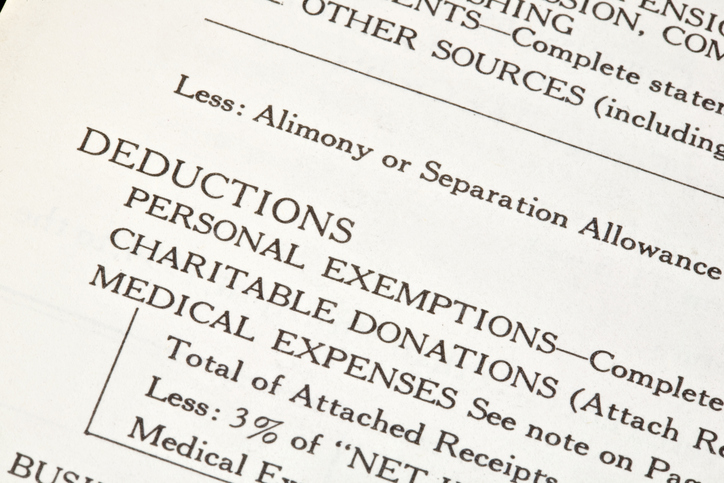What You Should Know About Alimony and Taxes

The Tax Cuts and Jobs Act, signed into law in December 2017, changed the way alimony payments are taxed for some people. The way tax rules apply to your alimony depends on when you were divorced.
Here’s a quick overview of what you should know.
Changes to the system
The legislation eliminated alimony tax deductions from the tax code from 2019 through 2025, at which point the rules will go back to what they were before the bill. Under these rules, alimony payments are no longer tax deductible, and alimony money received is not considered taxable income.
Note that these new rules only apply to divorces that were filed after December 31, 2018. All divorces filed before that use the old rules, in which alimony payments are tax deductible and alimony money received counts toward taxable income.
Claiming on your tax return
If you are to report alimony you received as income under the old rules, you will enter the full amount of received alimony on line 2a of Schedule 1 on Form 1040. Your alimony payments are considered “separate maintenance,” as it does not include child support, payments from temporary support orders (usually instituted during a pending divorce), property settlements, use of the payer’s property, voluntary payments not included in a divorce decree or any payments that are designed to represent income from community property.
To report alimony you paid as a deduction, you report the total paid amount on Form 1040, and include your ex’s Social Security number so the IRS can cross-reference this with their tax return and make sure they’ve claimed the amount as income.
For more information about what you should know about alimony and taxes, contact an experienced divorce lawyer on Long Island at Bryan L. Salamone & Associates.





